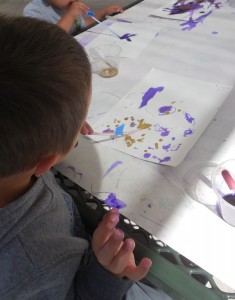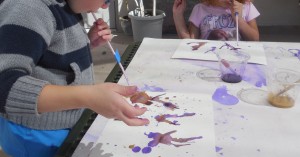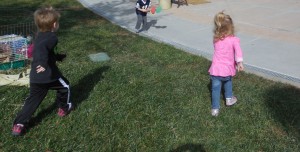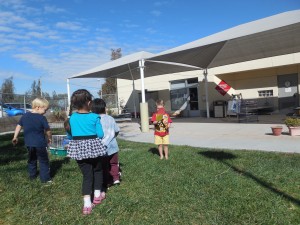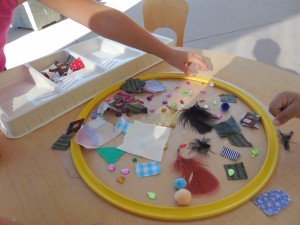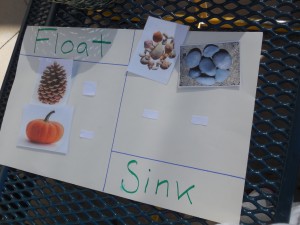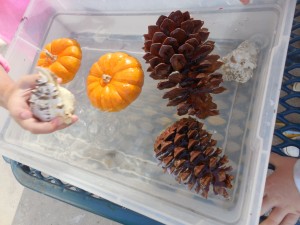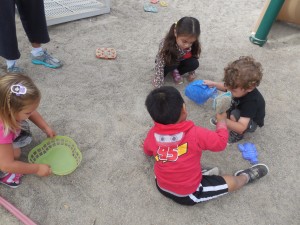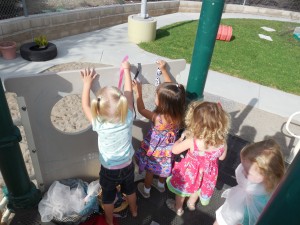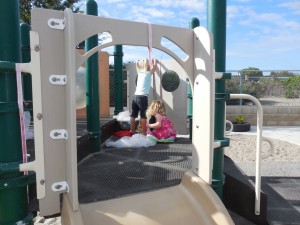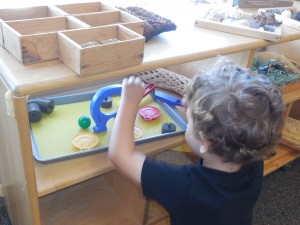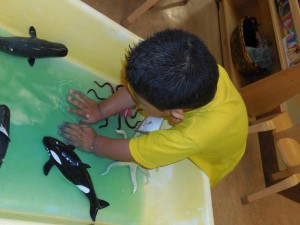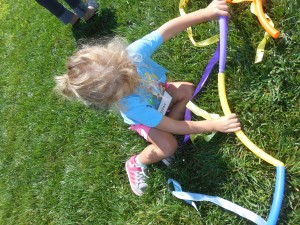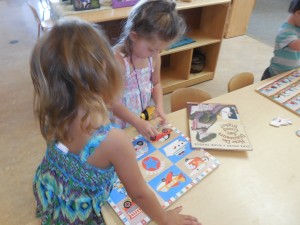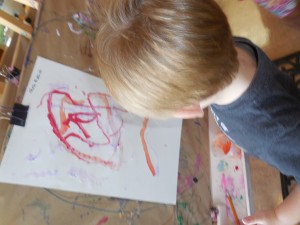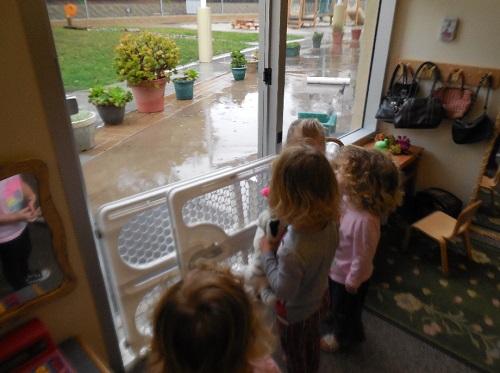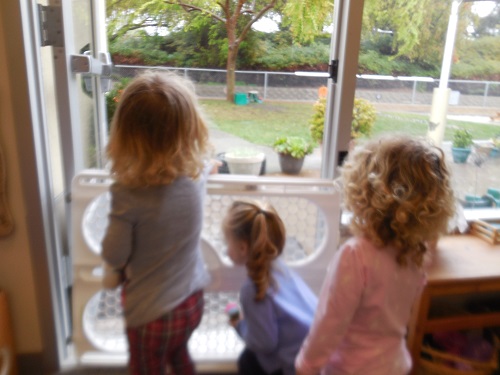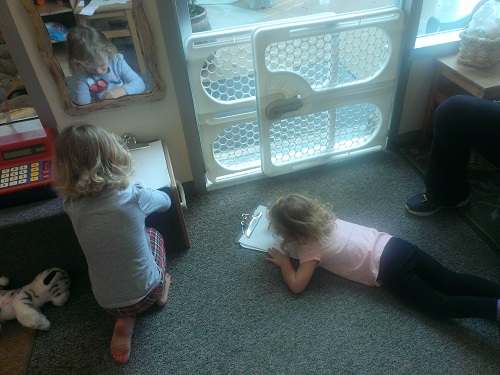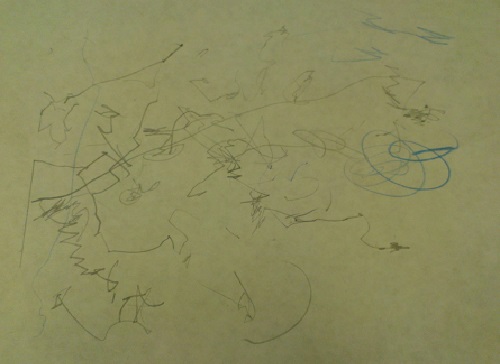We had tons of fun learning about lines, zig-zags, and swirls. 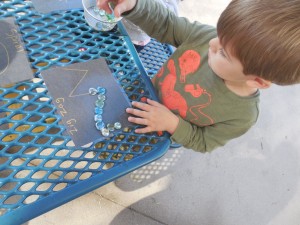
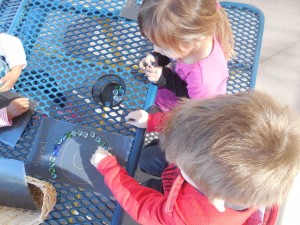
Straw Art
The children explored new ways to move paint across their paper by blowing air through straws. They were able to discover the concept of cause and effect while creating pieces of art.
Posted in Uncategorized
Games are Full Of Learning
Red light,Yellow light, Green Light game!Was so much fun. Great activity for teaching following direction, turn taking, and self control.
Posted in Uncategorized
Sticky Collage
Fun sticky collage!! The children enjoyed how each collage piece stuck to the contact paper. You can purchase a roll of contact paper, tape the contact paper to the wall or window, and provide small items to stick onto the paper.
Posted in Uncategorized
Sink Or Float
Sink Or Float
It was neat to see the children explore the concept of “sink” and “float” with natural materials. We invited the children over to predict which items would sink and which would float. The children used Velcro pieces to put their predictions on the poster board. The children were excited to test their predictions by putting the materials in the water. By making predictions, testing and observing the children are exploring scientific inquiry which is a core concept of STEM (Science, Technology, Engineering, and Math). The children are also able to compare and contrast the different materials and discover why certain items sink and others float.
Posted in Uncategorized
Sand Play
When you see the children digging with shovels,scoops,or putting the sand into buckets or trucks the children are working on their body awareness and grasp-skills needed for future writing. All of this is facilitated by sand play. 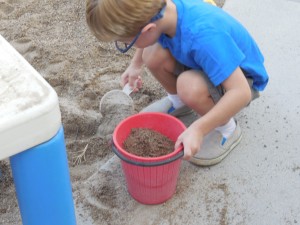
Posted in Uncategorized
Ribbons
Ms. Katie observed the children placing scarves and sheer fabric on the play structure. After speaking with the other teachers it was decided to bring short ribbons and see what the children would do. Some children placed the fabric in the small openings of the structure while others used them as capes. Young children always have new ideas on how to use materials therefore bringing items out that have multiple purposes allows children to be creative. This is a simple and fun activity that promotes problem solving skills creativity, patience, and fine motor skills. Here a few pictures of the children playing with the ribbons and scarves.
Posted in Uncategorized
Our First Three Weeks Of School In Room 3
During the first three weeks of school the children have been exploring the environment and making connections with the new teachers. Here are few pictures:
Listening to the Rain…
During the cold, rainy, and windy day of February 28th, we opened the door for the children. It was such a great sensory experience for them as they heard the wind blowing, saw the leaves moving on the trees, and felt tiny raindrops splash in through the open door.
A child commented that the trees were “dancing” in the wind. Another child noticed the puddles on the ground and the teacher pointed out that the raindrops were making ripples in the water. The children were offered clipboards and paper so that they could draw what they saw.
They chose pencil and blue colored pencil to represent their puddles and made various shapes across their paper. This helps them to develop their symbolic thinking: the concept that a drawing, for example, can represent something else and that they can express their ideas through art.
Posted in Visual Arts
Working Together
On February 2nd, a small group in the back room worked together to build a bridge and walk across it. They invited others to join the play and talked about how they were making the bridge long. When they made it to the end of the bridge, they each would shout, “I did it!” As children grow and develop, they go through stages of play. Near the beginning of the school year, the children tended to play by themselves (solitary play) or alongside others (parallel play). We now see the children showing more interest in their peers and interacting more with one another (associative play). We are so excited to see what the children will plan that involves working together!
Posted in Uncategorized

